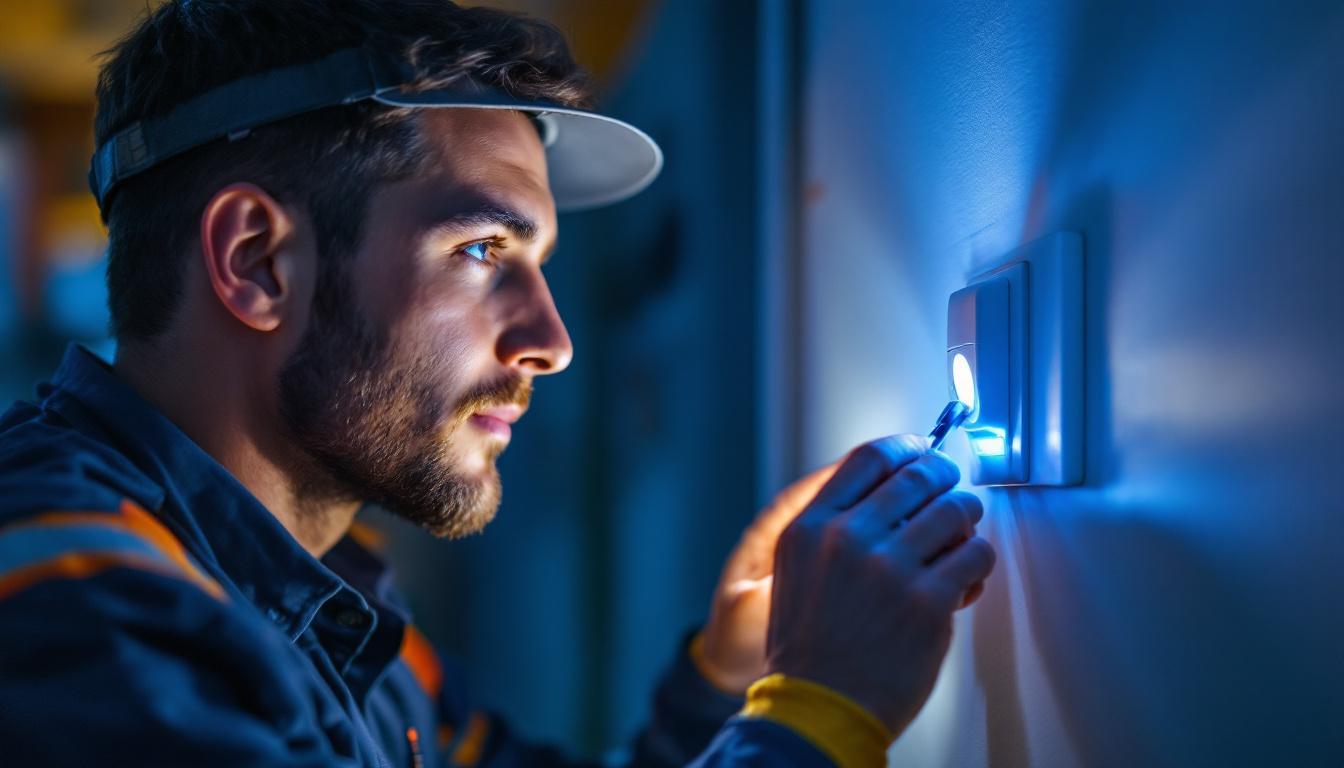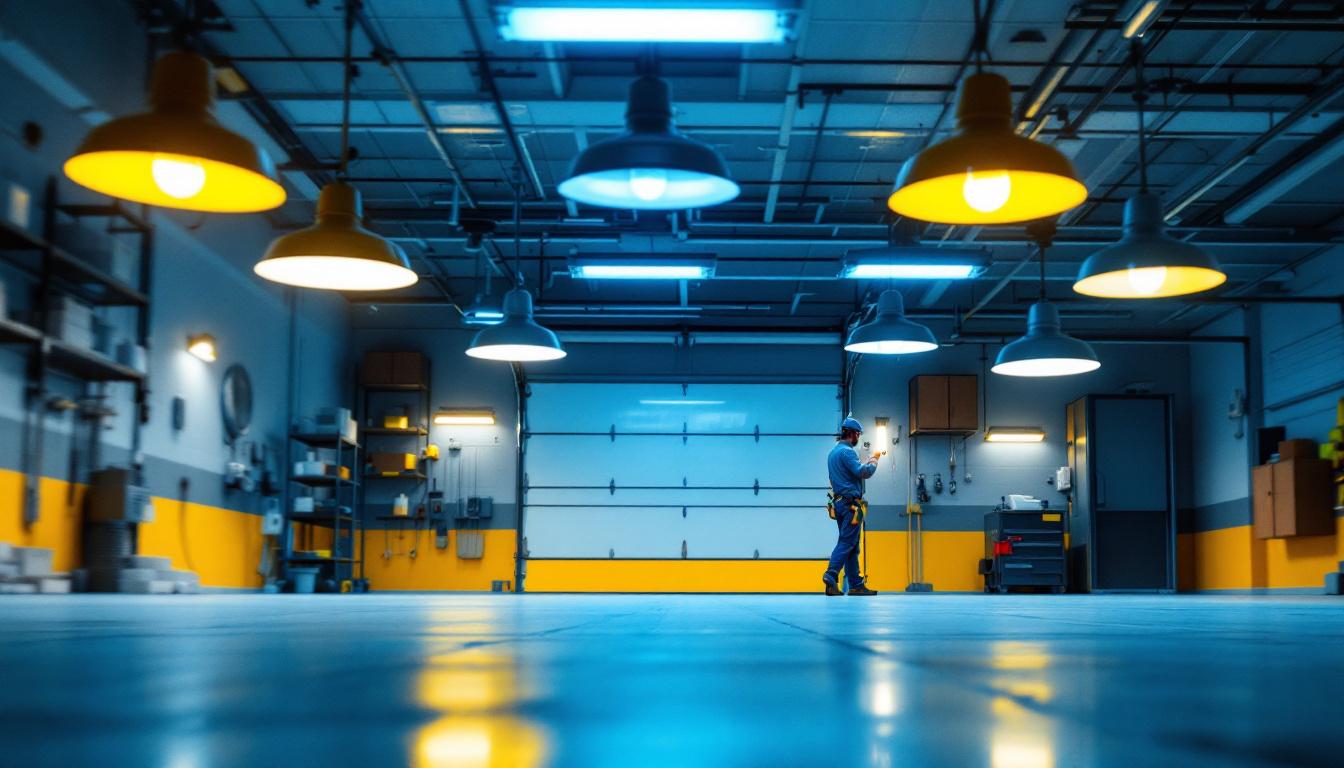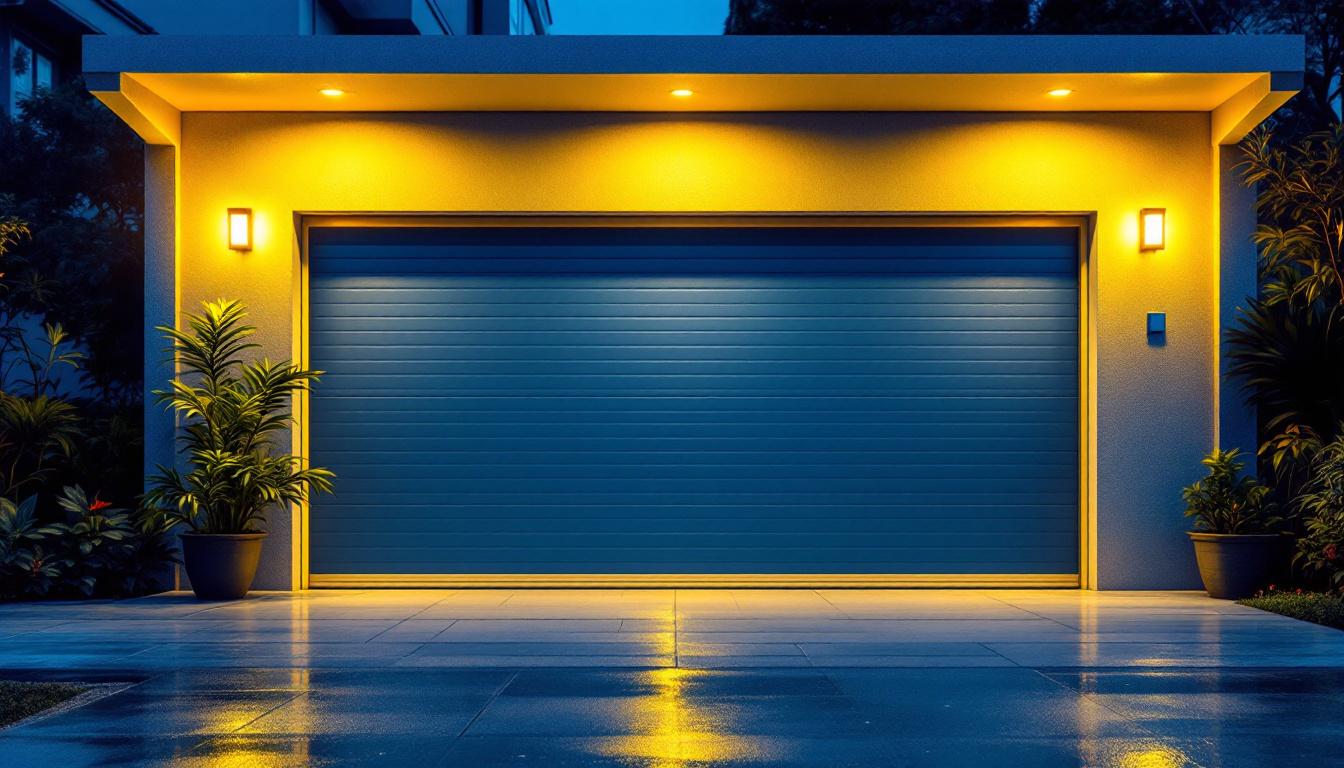
Outdoor flood lighting plays a crucial role in enhancing the safety, security, and aesthetics of residential and commercial properties. As a lighting contractor, understanding the various types of flood lights available, their applications, and how to effectively implement them can significantly elevate your projects. This article delves into the best outdoor flood lighting solutions and offers insights on leveraging these tools for optimal results.
Flood lights are designed to illuminate large areas with a broad beam of light. They are versatile and can be used for various applications, including security, landscape lighting, and architectural illumination. Their ability to cover extensive spaces makes them an essential component in outdoor lighting design.
There are several types of flood lights available on the market, each with unique features and benefits. The most common types include LED, halogen, and metal halide flood lights. Understanding these options allows contractors to choose the most suitable lighting solution for their specific needs.
LED flood lights are increasingly popular due to their energy efficiency and longevity. They consume significantly less power than traditional lighting options while providing bright illumination. Halogen flood lights, on the other hand, offer a warmer light quality but have a shorter lifespan and higher energy consumption. Metal halide lights are often used in commercial settings due to their high lumen output, but they also come with longer warm-up times and less energy efficiency.
When selecting outdoor flood lights, several key features should be taken into account. These include brightness, beam angle, color temperature, and durability. Brightness is typically measured in lumens; the higher the lumens, the brighter the light. Beam angle affects how wide the light spreads, which is crucial for covering large areas effectively.
Color temperature, measured in Kelvin, influences the ambiance of the space. Warmer temperatures (2700K-3000K) create a cozy atmosphere, while cooler temperatures (4000K-5000K) are more suitable for security applications. Additionally, durability is essential, especially for outdoor installations. Look for flood lights with weather-resistant ratings to ensure they can withstand various environmental conditions.
Another important consideration is the mounting options available for flood lights. Many models come with adjustable brackets that allow for precise angling and positioning, ensuring that light is directed exactly where it is needed. This can be particularly beneficial for highlighting specific features in a landscape or providing security coverage in vulnerable areas. Furthermore, some flood lights are equipped with motion sensors, which can enhance security by automatically turning on when movement is detected, thus conserving energy when the area is unoccupied.
Additionally, the installation process can vary significantly between different types of flood lights. While some may require professional installation, others are designed for easy DIY setup. Understanding the installation requirements and potential need for additional wiring or fixtures can help streamline the process and ensure optimal performance. As technology advances, smart flood lights are also becoming more prevalent, allowing users to control their lighting remotely via smartphone apps or integrate them into home automation systems, providing both convenience and enhanced functionality.
Outdoor flood lighting can be utilized in numerous applications, enhancing both functionality and aesthetics. Understanding these applications helps contractors recommend the best solutions to their clients.
One of the primary uses of flood lights is for security purposes. Well-lit areas deter potential intruders and provide a sense of safety for property owners. Motion-activated flood lights are particularly effective in enhancing security, as they illuminate only when movement is detected, conserving energy while providing necessary illumination.
When installing security flood lights, it is crucial to consider placement. Key areas such as entryways, driveways, and dark corners should be prioritized to maximize visibility and security. Additionally, integrating smart technology can enhance security measures, allowing property owners to control lighting remotely and receive alerts when motion is detected.
Beyond security, flood lights can significantly enhance the aesthetic appeal of a property. Landscape lighting highlights gardens, trees, and architectural features, creating a visually stunning environment. By using flood lights strategically, contractors can accentuate the unique elements of a property, making it more inviting and appealing.
For landscape applications, consider the color temperature and beam angle. Warmer temperatures can create a more inviting atmosphere, while wider beam angles can cover larger areas without creating harsh shadows. Additionally, using multiple flood lights at varying heights can add depth and dimension to the landscape.
Flood lights are also commonly used for events and recreational spaces. Whether it’s illuminating a sports field, a backyard gathering, or a public park, proper lighting is essential for safety and enjoyment. In these scenarios, brightness and coverage are vital to ensure that all areas are adequately lit.
Contractors should consider the specific requirements of the event or recreational space when selecting flood lights. For example, sports fields may require higher lumen outputs to accommodate the fast-paced nature of the activities, while outdoor event spaces may benefit from softer, more ambient lighting to create a welcoming atmosphere.
Selecting the appropriate flood light for a project involves careful consideration of various factors. Understanding the specific needs of the client and the intended application is key to making the right choice.
Before making any recommendations, it is essential to assess the client’s needs thoroughly. Engage in discussions to understand their primary goals for the lighting project. Are they primarily concerned with security, aesthetics, or functionality? This information will guide the selection process and ensure that the chosen flood lights align with their vision.
Additionally, consider the client’s budget and preferences. Some clients may prioritize energy efficiency, while others may be more focused on the initial cost. By understanding these factors, contractors can provide tailored solutions that meet both the client’s needs and budget constraints.
Site conditions play a significant role in determining the most suitable flood lighting solution. Factors such as the size of the area to be illuminated, existing infrastructure, and environmental conditions should be evaluated. For instance, a large commercial property may require multiple flood lights with higher lumen outputs, while a small residential backyard may only need a few strategically placed lights.
Additionally, consider any potential obstacles that may affect light distribution, such as trees, buildings, or fences. Proper planning and evaluation of the site conditions will ensure that the flood lights provide optimal coverage and effectiveness.
Proper installation of flood lights is crucial for maximizing their effectiveness and longevity. Following best practices can help contractors achieve the best results for their clients.
The placement and angling of flood lights are essential for achieving the desired illumination. Flood lights should be positioned to minimize glare while maximizing coverage. When installing, consider the beam angle and the height at which the lights are mounted.
Generally, mounting flood lights at a height of 10 to 15 feet is ideal for achieving a broad spread of light while minimizing shadows. Additionally, angling the lights downward can help reduce glare and ensure that the light is directed where it is needed most.
When installing outdoor flood lights, proper wiring and electrical considerations are paramount. Ensure that all wiring is weatherproof and compliant with local electrical codes. Using outdoor-rated fixtures and wiring will help prevent potential hazards and ensure the longevity of the installation.
Additionally, consider integrating smart lighting controls for enhanced functionality. Smart systems allow for remote control, scheduling, and automation, providing clients with greater flexibility and convenience in managing their outdoor lighting.
Regular maintenance is essential for ensuring the longevity and performance of outdoor flood lights. Educating clients on proper upkeep can help them maximize their investment and maintain optimal lighting conditions.
Over time, dust, dirt, and debris can accumulate on flood lights, diminishing their brightness and effectiveness. Regular cleaning is necessary to ensure that the lights remain functional and visually appealing. Contractors should recommend a cleaning schedule to their clients, emphasizing the importance of keeping the fixtures free from obstructions.
In addition to cleaning, periodic inspections are crucial for identifying any potential issues. Checking for signs of wear, corrosion, or damage will help address problems before they escalate, ensuring that the lighting system remains in optimal condition.
As technology advances, upgrading to newer, more efficient flood lights may be beneficial for clients. LED technology, for example, continues to improve, offering even greater energy efficiency and brightness. Contractors should stay informed about the latest developments in outdoor lighting and advise clients on potential upgrades as needed.
Additionally, if flood lights are nearing the end of their lifespan or showing signs of significant wear, replacing them promptly can prevent safety hazards and maintain the desired lighting quality. Providing clients with options for upgrades and replacements can enhance their overall satisfaction with the lighting solutions provided.
Outdoor flood lighting is an essential aspect of any lighting project, offering safety, security, and aesthetic appeal. By understanding the various types of flood lights, their applications, and best practices for installation and maintenance, lighting contractors can provide effective solutions that meet their clients’ needs.
As the demand for outdoor lighting continues to grow, staying informed about the latest technologies and trends in flood lighting will be crucial for contractors looking to elevate their services. By leveraging the right tools and knowledge, contractors can create stunning outdoor spaces that enhance both functionality and beauty.
Ready to take your outdoor flood lighting projects to the next level? At LumenWholesale, we offer an unbeatable combination of quality, affordability, and convenience, ensuring that you have access to the best spec-grade lighting products at wholesale prices. Say goodbye to inflated markups and hello to a vast selection of reliable, high-performance lighting that meets the highest industry standards. Plus, with free shipping on bulk orders, you can stock up on premium lighting without any hidden fees. Elevate your lighting solutions today by visiting Wholesale Lighting at the Best Value and experience the LumenWholesale difference.

Discover how lighting contractors can enhance bedroom aesthetics and functionality with expertly installed pot lights.

Discover how lighting contractors can overcome common motion detector switch challenges with expert tips, boosting efficiency and safety—maximize your installations today!.

Discover how LED garage light fixtures are revolutionizing the lighting industry and driving success for contractors.

Discover the insider tips and expert advice from lighting contractors on choosing and installing outdoor LED garage lights.